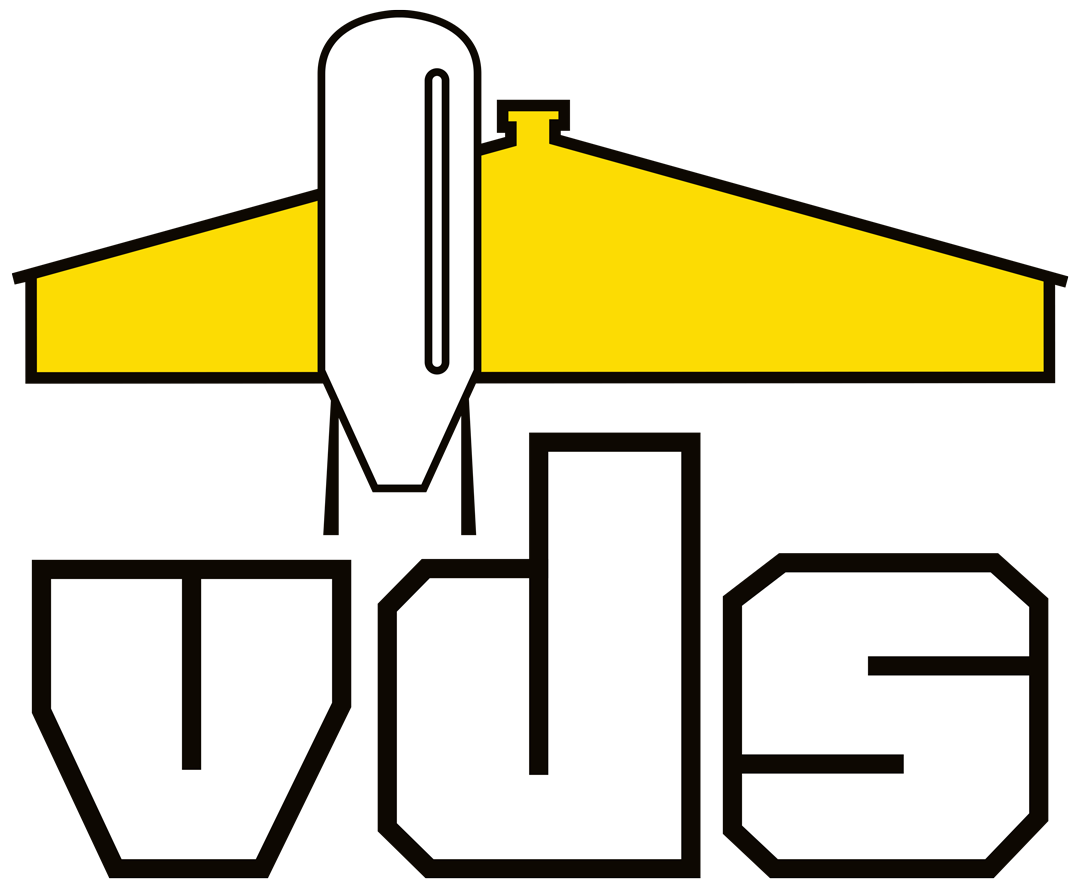Differences between ribbon and paddle blenders
To be able to supply our customers with the best possible end products, our site has two industrial blenders: a ribbon blender and a paddle blender. These blenders allow us to mix our feed formulations optimally and efficiently, with a one-tonne batch capacity. How do these blenders work, though, and what are the specific advantages? This blog post explains the differences between the two types and illustrates how we use each blender in our production process.
Sustainable ribbon blender for smaller volumes
A ribbon blender has a single shaft, allowing for brief, intense mixing. The name says it all: a ribbon blender features inner and outer ribbons that mix ingredients together in a continuous motion. Depending on the product, the ribbon blender can mix small amounts of raw materials into larger batches and produce a homogeneous blend in two to fifteen minutes. Thanks to the ribbon blender’s gentle action and lack of dead space, products barely break down at all. If they do, a paddle blender may be a better choice.
A ribbon blender preserves all the product properties. Additionally, this type of blender can be used to heat or cool materials or add liquids and is energy-efficient. This sustainable mixing technology is often used to mix smaller amounts.

Paddle blender for powders and stickier substances
A paddle blender is a horizontal blender with rotating paddles and, unlike a ribbon blender, barely affects the materials being mixed. This makes paddle blenders ideally suited for mixing cereals, maize flakes, and expeller, but also vitamins and minerals. The result is a consistent mixture of all the various materials in the product. Sticky substances can be added easily to a paddle blender as well.
The machine achieves a maximum degree of homogeneity, treats products very gently, has very little wear, and is low-maintenance. Paddle blenders offer a range of settings that can be adjusted such as duration and mixing intensity, making the mixing process easy to control. Unfortunately, paddle blenders are also somewhat more expensive to purchase..
Both blenders are highly efficient
To ensure the continued efficiency of both our blenders, we take samples regularly to monitor the mixing quality and distribution of raw materials at the core.
The main difference between these two blenders? A paddle blender works a bit faster than a ribbon blender, making it more suitable if you wish to mix larger amounts.
You should also take cost and efficiency into account when selecting a blender, of course. While a paddle blender costs a bit more initially, over the long term, this is amply compensated by the low maintenance requirements.
Need advice on a suitable blender or want us to mix your products for you?
VDS Premix has been offering advice and expertise on matters relating to feed formulation for various animals for many years now. Want to set up a blender of your own? Our experts can help you come to a well-founded decision. Want to have us mix a product for you efficiently in one of our blenders? No problem.
Get in touch with us for your technical inquiries on mixing.


